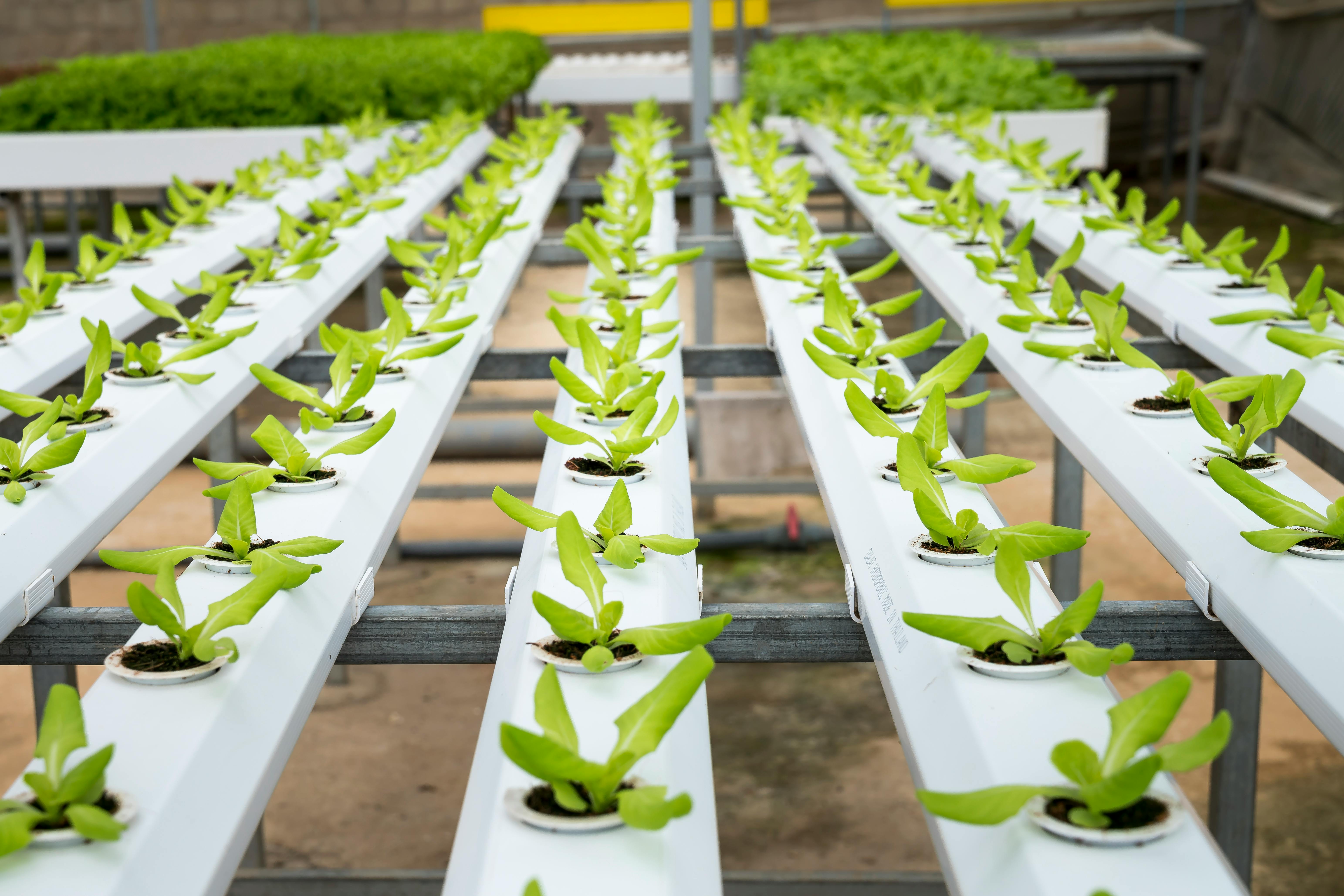How Greenhouses Help Plants Grow
Greenhouses let people grow plants in a controlled space where sunlight, water, and air help them thrive. This article explains how greenhouses work, the different types of greenhouses that people use, and simple ways gardeners care for plants all year round.

What Makes Greenhouse Gardening Effective
Greenhouse gardening works by creating a microclimate that plants can thrive in year-round. The transparent walls and roof trap solar energy during the day, warming the interior air and soil. This heat retention allows plants to photosynthesize more efficiently and extends their growing period beyond natural seasonal limitations. The enclosed environment also protects plants from harsh winds, heavy rain, snow, and temperature fluctuations that can stress or damage outdoor crops.
Greenhouse gardening enables precise control over growing conditions. Gardeners can adjust ventilation systems to regulate air circulation, install heating systems for winter months, and use shade cloths during extremely hot periods. This level of environmental control results in healthier plants with faster growth rates and higher survival rates compared to traditional outdoor gardening methods.
Selecting Suitable Greenhouse Plants
Greenhouse plants benefit from the stable environment these structures provide, but different plants have varying requirements for optimal growth. Warm-season vegetables like tomatoes, peppers, cucumbers, and eggplants flourish in greenhouse conditions because they can avoid frost damage and receive consistent warmth. Cool-season crops such as lettuce, spinach, and herbs also perform well since greenhouse environments can be adjusted to maintain their preferred temperature ranges.
Flowering plants and ornamentals adapt particularly well to greenhouse cultivation. Orchids, begonias, geraniums, and tropical plants can be grown successfully in climates where they wouldn’t naturally survive. The controlled humidity levels in greenhouses create ideal conditions for plants that require specific moisture levels in the air around their foliage.
Commercial Greenhouse Farming Applications
Greenhouse farming has become increasingly important in commercial agriculture due to its ability to produce consistent, high-quality crops regardless of external weather conditions. Commercial operations use sophisticated climate control systems, automated irrigation, and artificial lighting to maximize production efficiency. These facilities can produce multiple crop cycles per year, significantly increasing yield per square foot compared to traditional field farming.
Modern greenhouse farming incorporates hydroponic and aeroponic growing systems that eliminate soil-based cultivation entirely. These methods allow for precise nutrient delivery directly to plant roots, resulting in faster growth rates and reduced water usage. Commercial greenhouse operations can produce crops using up to 95% less water than conventional farming methods while achieving higher yields in smaller spaces.
Essential Greenhouse Design Considerations
Greenhouse design directly impacts plant growth success and operational efficiency. Proper orientation maximizes natural sunlight exposure, with most greenhouses positioned to face south for optimal light capture throughout the day. The structure’s shape affects air circulation patterns, with curved or peaked roofs promoting better airflow and preventing hot spots that can stress plants.
Ventilation systems are critical design elements that regulate temperature and humidity levels. Ridge vents near the roof peak allow hot air to escape, while side vents near ground level permit cool air intake, creating natural convection currents. Automated vent systems respond to temperature changes without manual intervention, maintaining consistent growing conditions even when operators aren’t present.
Foundation design affects both structural integrity and growing conditions. Proper drainage prevents waterlogging while insulated foundations reduce heat loss during colder months. Some designs incorporate thermal mass elements like concrete floors or water barrels that absorb heat during the day and release it gradually at night, stabilizing temperature fluctuations.
Available Greenhouse Kits and Setup Options
Greenhouse kits provide convenient solutions for home gardeners who want to start greenhouse cultivation without custom construction. These kits typically include pre-cut framing materials, covering panels, hardware, and assembly instructions. Popular materials include aluminum frames with polycarbonate panels, which offer durability and excellent insulation properties.
Kit sizes range from small hobby greenhouses suitable for herbs and seedlings to larger structures capable of housing substantial vegetable gardens. Many kits feature modular designs that allow expansion as gardening needs grow. Essential accessories often include automatic vent openers, thermometers, and basic irrigation components that help maintain optimal growing conditions.
When selecting greenhouse kits, consider local climate conditions, available space, and intended plant types. Cold climate areas benefit from kits with double-wall panels for better insulation, while hot regions require enhanced ventilation options. Foundation requirements vary by kit type, with some designed for placement on level ground while others require concrete foundations for stability.
Benefits of Controlled Environment Agriculture
Controlled environment agriculture through greenhouse cultivation offers numerous advantages beyond simple weather protection. Plants grown in greenhouses typically experience reduced pest pressure since the enclosed environment limits access for many common garden insects and diseases. This reduction often eliminates or minimizes the need for chemical pesticides, resulting in healthier produce.
Water usage efficiency improves dramatically in greenhouse systems. Controlled irrigation prevents water waste through evaporation and runoff, while recycling systems can capture and reuse drainage water. This efficiency becomes increasingly important as water conservation concerns grow in many regions.
Extended growing seasons allow greenhouse operators to produce fresh food year-round, reducing dependence on long-distance transportation of produce. Local greenhouse production can provide communities with fresh vegetables and herbs even during winter months when outdoor growing isn’t possible.




